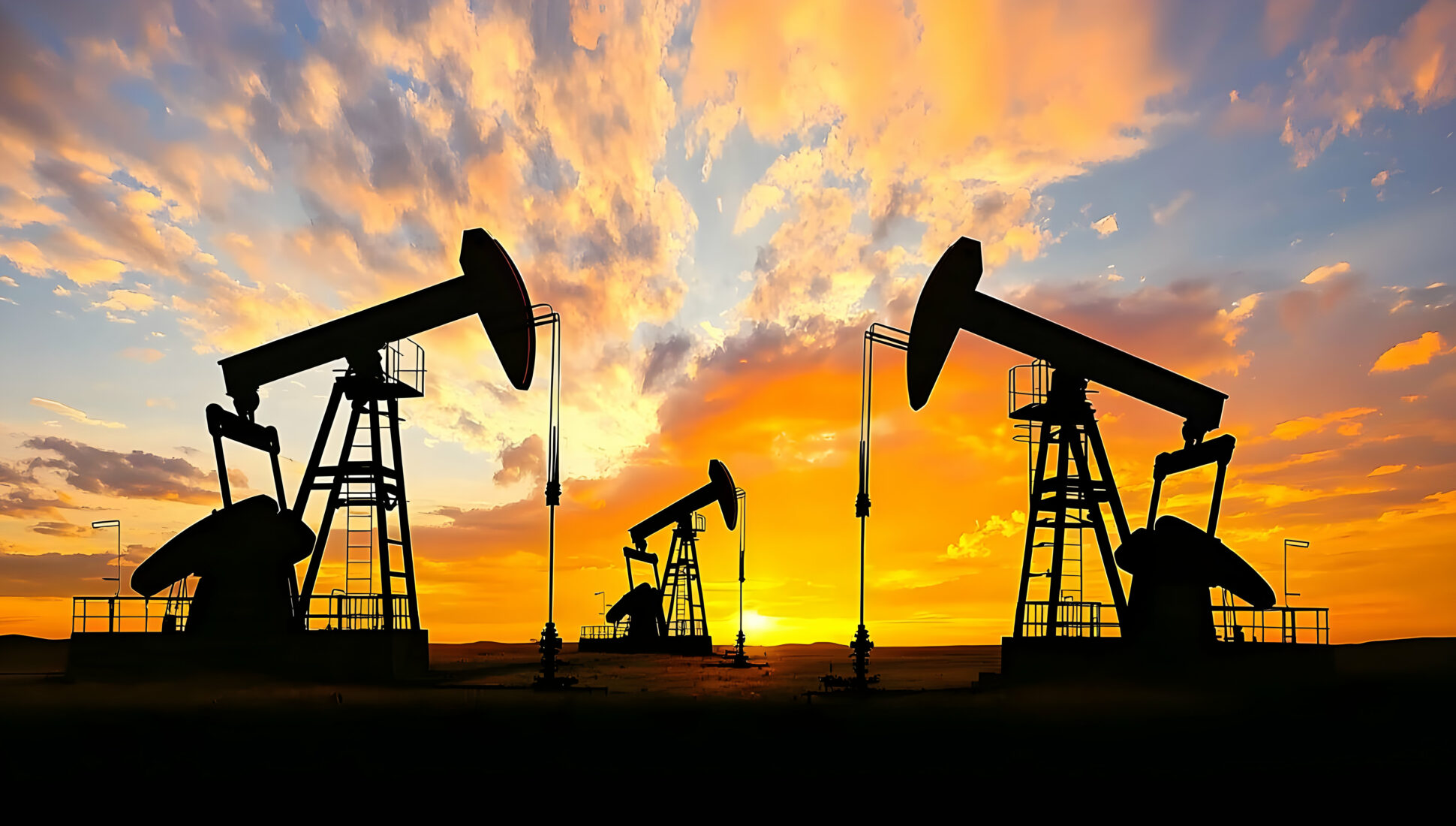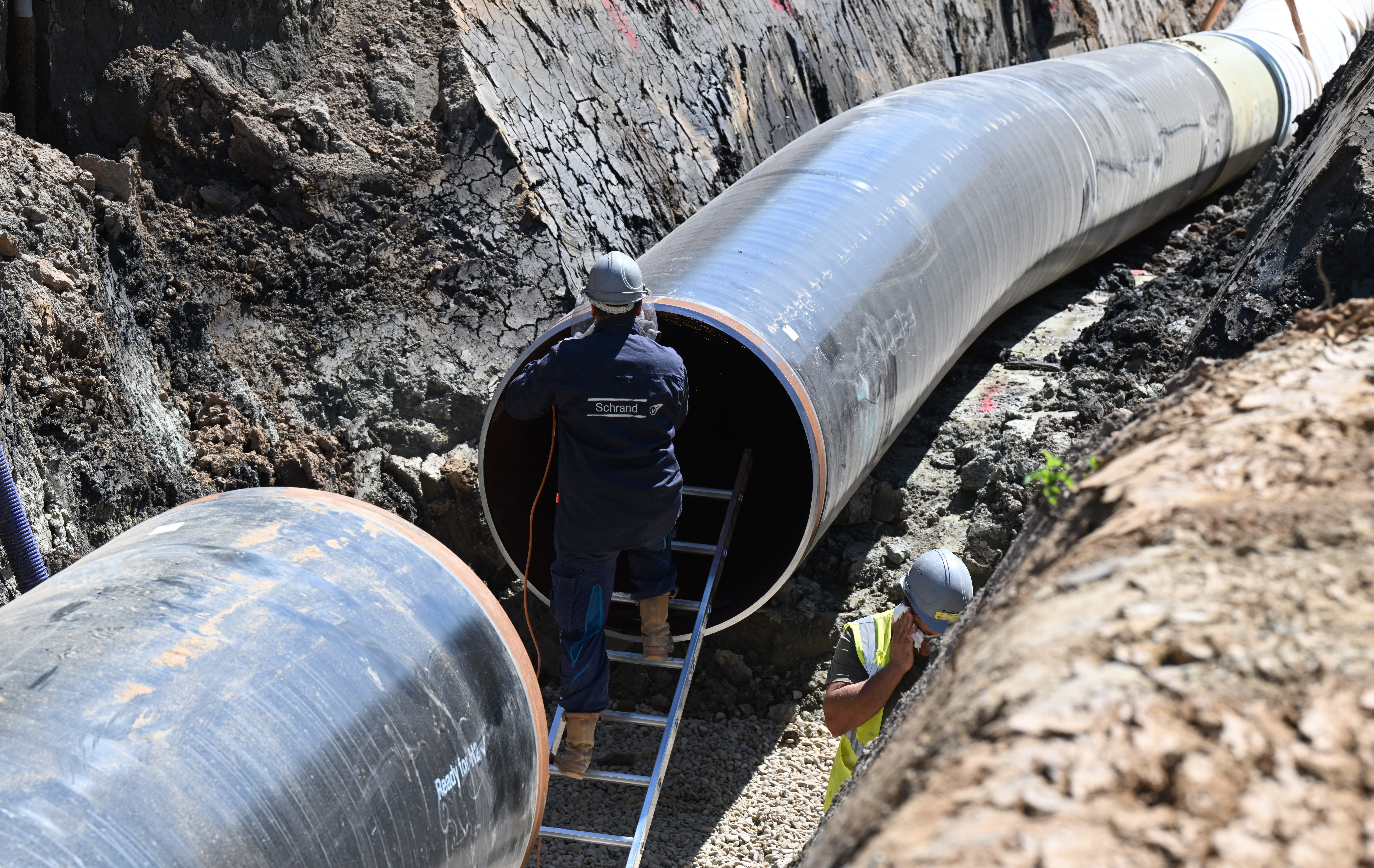
Silhouetted Oil Wells At Sunset With Dramatic Orange And Purple Sky Industrial Energy Extraction Landscape
The Permian Basin’s oil and gas industry has slashed methane emissions intensity by more than 50% between 2022 and 2024, according to a new S&P Global Commodity Insights analysis. In 2024 the region’s methane intensity stood at just 0.44% per barrel of oil equivalent, a 29% improvement from 2023. Total annual emissions fell by 21.3 billion cubic feet (bcf), a 22% drop that avoided emissions equivalent to 11.1 million tons of CO₂. Cumulative reductions from 2022 to 2024 totaled 55.2 bcf (28.8 million tons CO₂).
The oil and gas industry achieved these improvements with upgraded equipment, normalized methane‑management practices among field staff, and broad deployment of AI‑driven analytics, ground sensors, aerial surveys, and satellite monitoring.
More than 500 high‑resolution overflights covering 90% of basin production underpin the findings, showing cuts across both large and small methane plumes. As Raoul LeBlanc of S&P Global notes, operators are moving beyond “find and fix” toward “predict and prevent,” integrating emissions reduction into the very design of field operations and new service‑manufactured equipment.
This analysis from S&P Global focuses on upstream practices. Midstream companies contributed to the emissions reduction by significantly increasing processing and pipeline capacity in the region.
Share This



